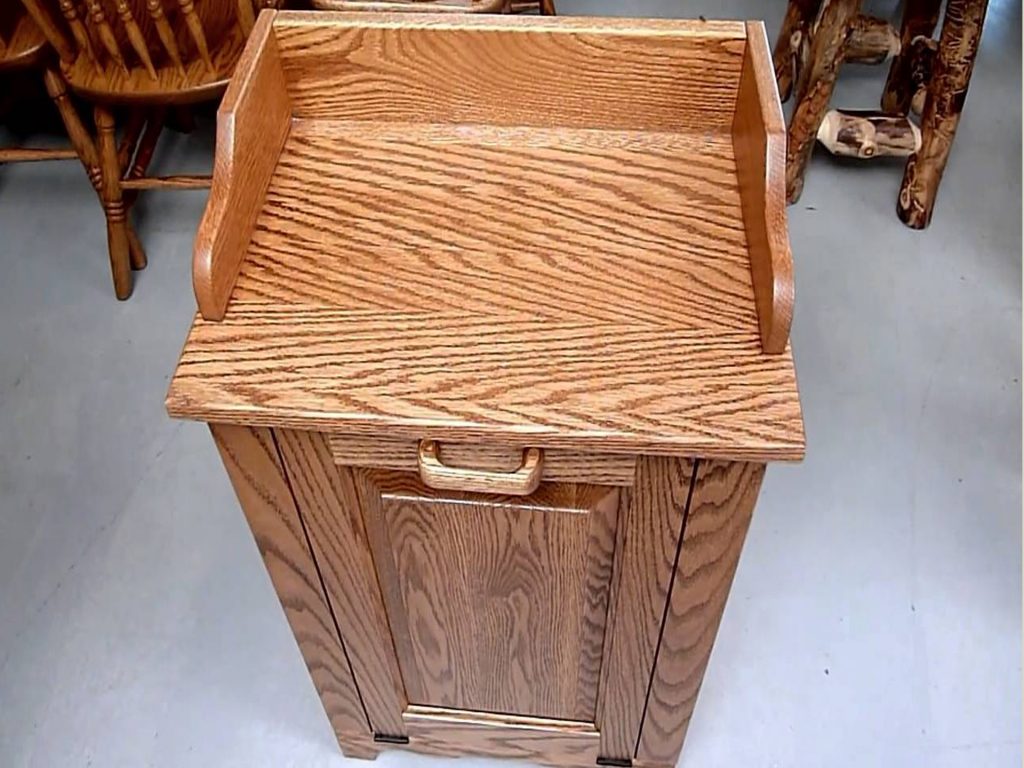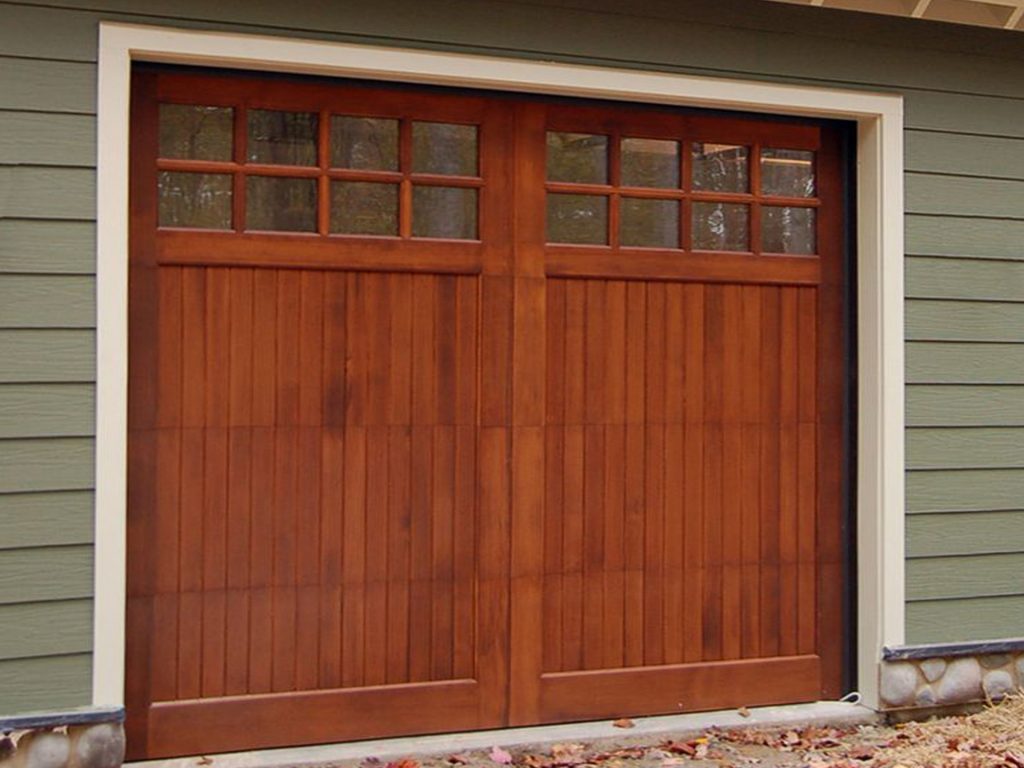HARDWOOD
From engineering and planning to construction of houses, shopping malls and highways and metro stations for big cities all over the world.
STRIPS AND SQUARE-EDGED TIMBER
Quality: Q-F1a, Q-F1b, Q-F2, Q-F3, Q-F4;
Strips in widths of 40 to 99 mm: in fixed-width batches; length 250
to 2100 mm in 50 mm increments.
Square-edged timber: 100 mm & up, in variable or fixed-width
batches.
BOULES
Quality: Q-BA, Q-B1, Q-B2, Q-B3, Q-B4;
Boules are marketed in categories of specific dimensions that are
determined by the width of the central board, including the sapwood
and measured halfway along the length, under bark, without any
reductions and freshly sawn.
Width for grade Q-B A: > 350 mm.
Width for grades Q-B 1, Q-B 2, Q-B 3 and Q-B 4: > 250 mm.
BEAMS
Quality: Q-PA, Q-P1, Q-P2;
Sizes:
100×100 / 150×150 / 200 x 200 / 250 x 250
Origin: Ukraine, Russia
SELECTED BOARDS
Quality:
Q-SA, Q-S1, Q-S2, Q-S3, Q-S4.
Origin: Ukraine, Russia
Fresh cut and KD
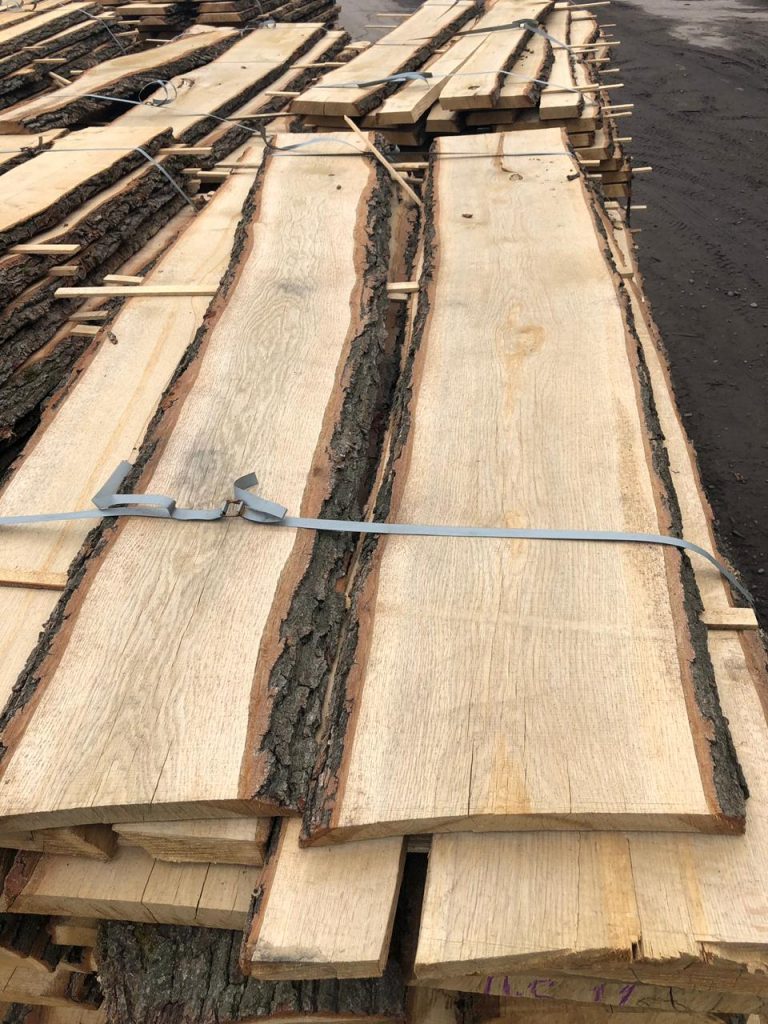
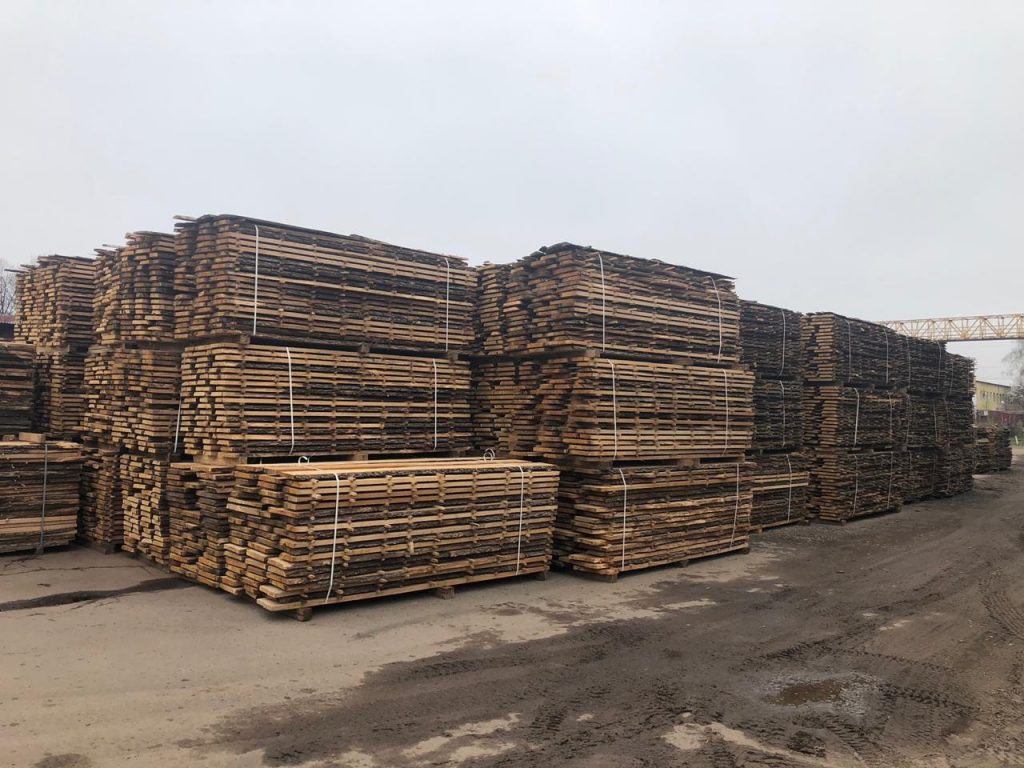

Quality: A/AB, BB/BC, C (Edged, Unedged)
FAS grading
Origin: Ukraine, Russia, Romania, Serbia, Croatia and Bosnia
Kiln Dried, Steamed
Sizes: thickness – 30 or 50 mm; width – 120mm and up;
Length 2000mm and up

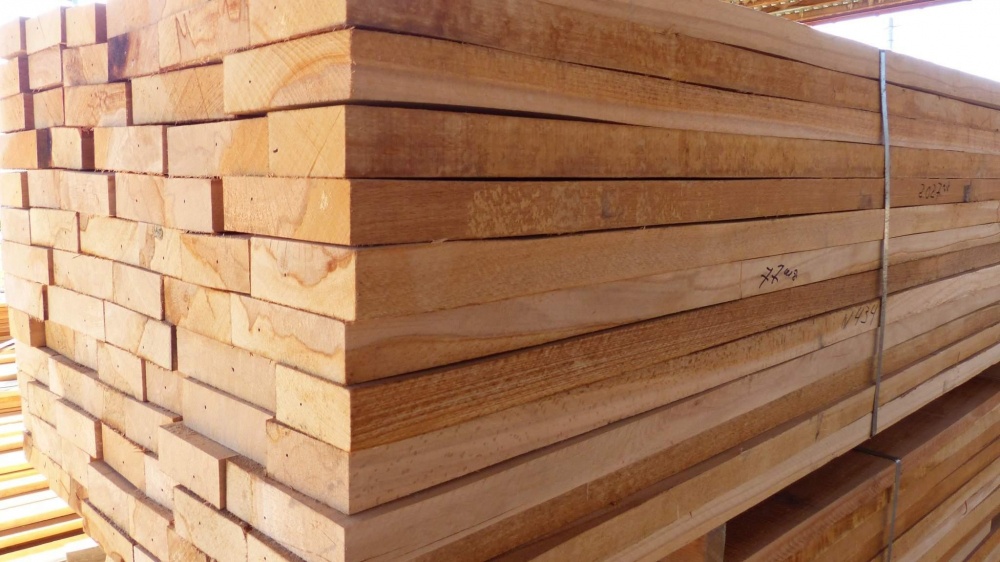

Quality: AB, ABC mixed (Edged, Unedged)
FAS grading
Origin: Ukraine, Russia, Romania
KD 12% (+/-2%), Width 100mm+; Length: 2.0m – 2.2m-2.6m-3m
Sizes: 30 and 50mm
Ash is a popular and versatile timber used in a vast range of interior applications, such as flooring, furniture, joinery and cabinetry, moldings, paneling, sports equipment and turning. Ash is highly workable, responding well to steam bending, nailing, gluing, sawing, carving, molding, etc. It is an excellent woodturning timber and polishes to a high finish.
Ash has very good overall strength properties relative to its weight. It has excellent shock resistance and is good for steam bending.
Uses: Common applications for Ash include furniture, flooring, doors, architectural interiors, high-end joinery and moldings, cabinetry, paneling in the form of veneers, tool handles, sports goods and turnings. It is also becoming popular in the construction of electric guitars. It is an attractive and versatile timber for a vast range of interior applications.
Color: Light cream to light brown
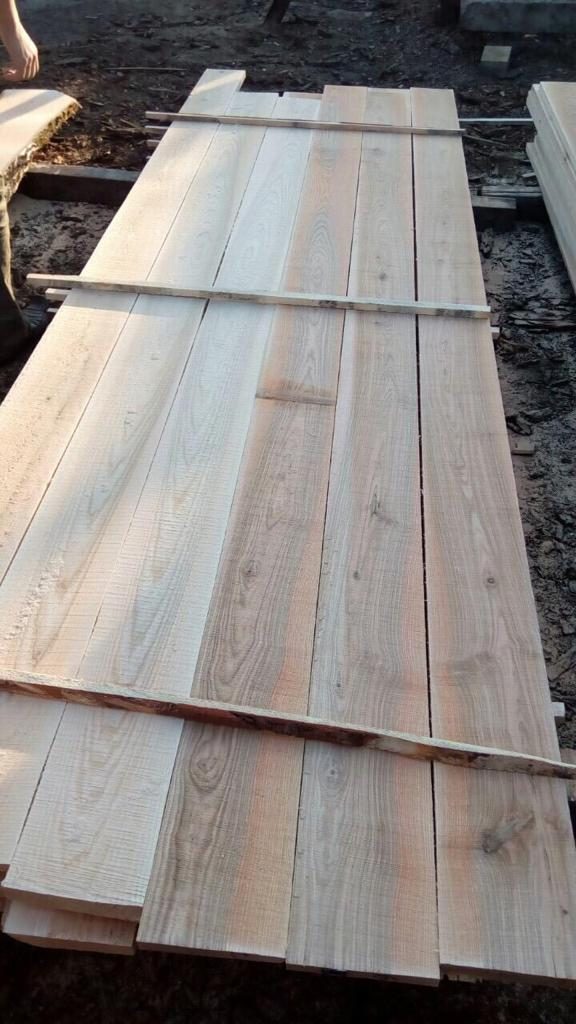
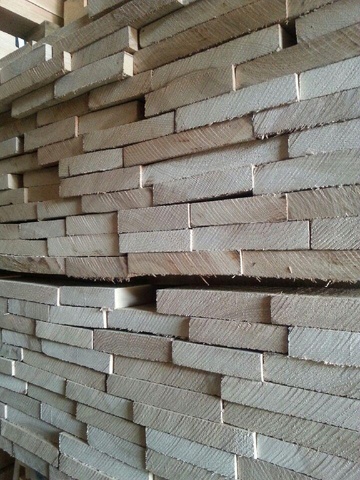
Teak wood is the most popular wood in the world with furniture makers and as a decking material. Teak is also known as “king of woods”. Its golden brown luster, decorative grain and unique properties have made it one of the most demanded woods of the world. There are many uses for teak. Teak does not wrap, crack or turn black when in contact with metals. It is ideal for marine use.
The most salient characteristic of Teak is its resistance to all kinds of weather. Because of this, it is also resistant to decay and easily repels insects. This is one of the reasons that, unlike other woods, it is often used as the main material for both indoor and outdoor furniture. Teak wood holds its form over many years.
Another reason for the beauty of teak wood products is the special oil content in its heartwood, which makes this wood always seen to gleam, maintaining this glow even if it is left outside for a long period of time. Additionally, Teak wood with its antibacterial characteristics will not become brittle
At a glance
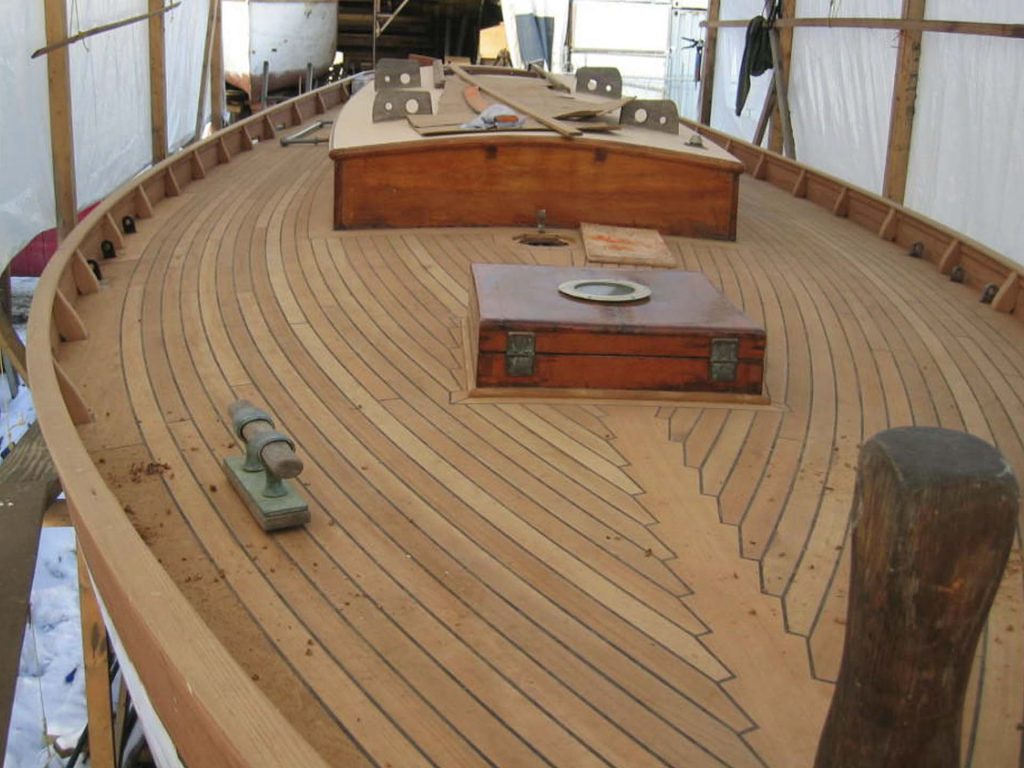

Red Meranti is Typically a dark reddish or purplish brown; commonly with white resin streaks present. Meranti is easy to work, although the surface of the wood can splinter if blunt planing tools are used. There are no problems gluing Meranti. Meranti can be used in making Windows, outer doors, and anywhere outdoors where durability is a requird. Light red meranti is commonly used for decorative applications including panelling, flooring, joinery, mouldings, plywood and turnery. It is regularly sought after for furniture and carving.
At Glance
Dimensions:
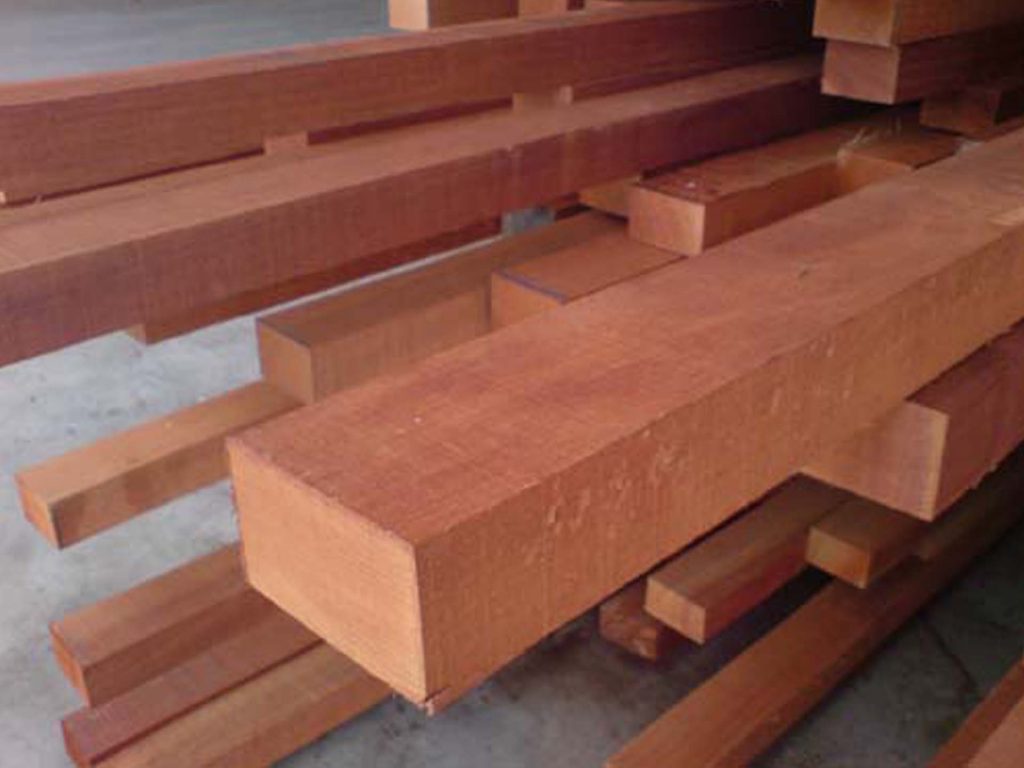
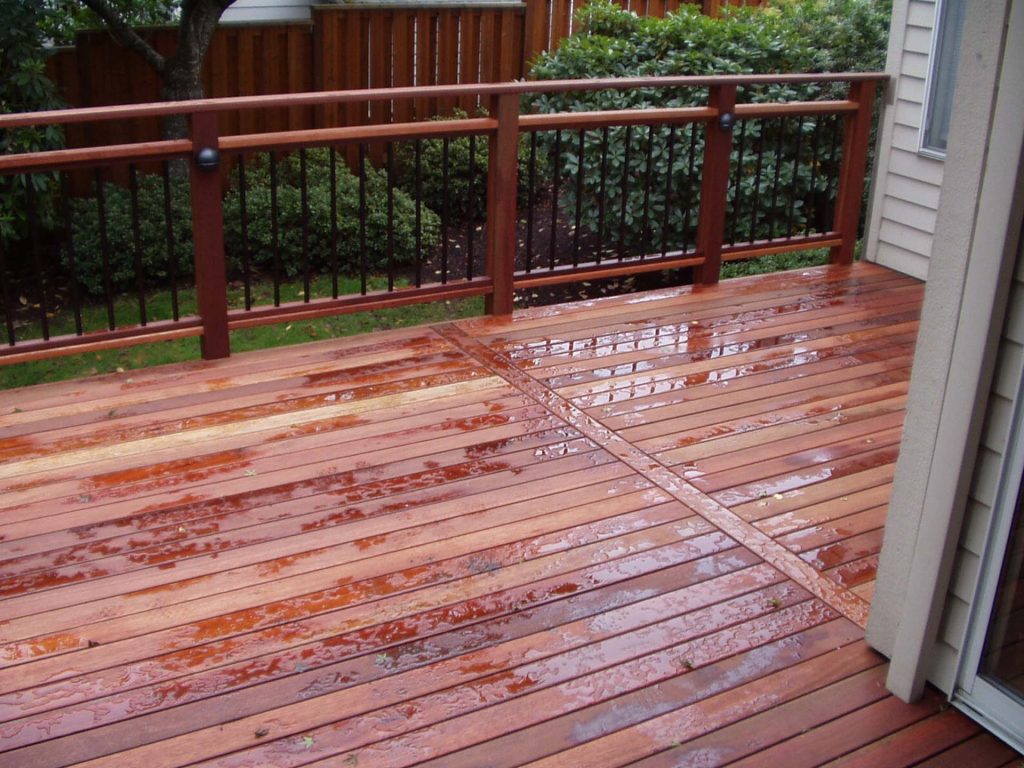

Maple is an attractive creamy white timber with a pinkish tinge. Hard Maple is currently used for furniture, decorative woodwork, cabinets, flooring, cutting surfaces, bowling pins, utensils, and bowls. Maple is also considered as favorite wood of making for violin (Musical instrument).
It looks beautiful and resonates sound to perfection. The soft maples are often used as a cheaper substitute for hard maple mouldings, or in applications where the trim is painted. It is used extensively in the box making industry, and often soft maple boxes are then covered with decorative wood veneers. Generally speaking maples are a great all round woodworking lumber.
Maple is a beautiful wood to apply a clear coat. The tight grain makes pore filling unnecessary and it is easy to get a glass like finish if you have taken the time to work down the grit and sand with the grain.
Uses: Maple is used in a wide range of interior applications such as flooring, paneling, cabinet making, table tops, joinery, stairs, handrails, moldings and doors. Its hardwearing properties make it ideal for flooring in areas with a high volume of foot traffic. It is also used in boat building and in the construction of musical instruments and skateboards.
Color: Light cream to light brown
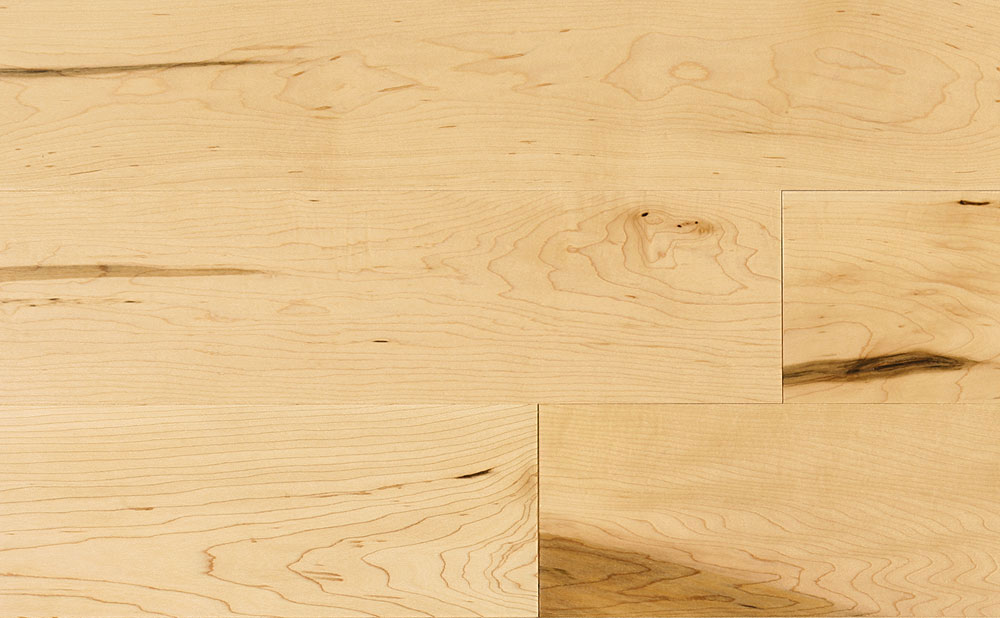
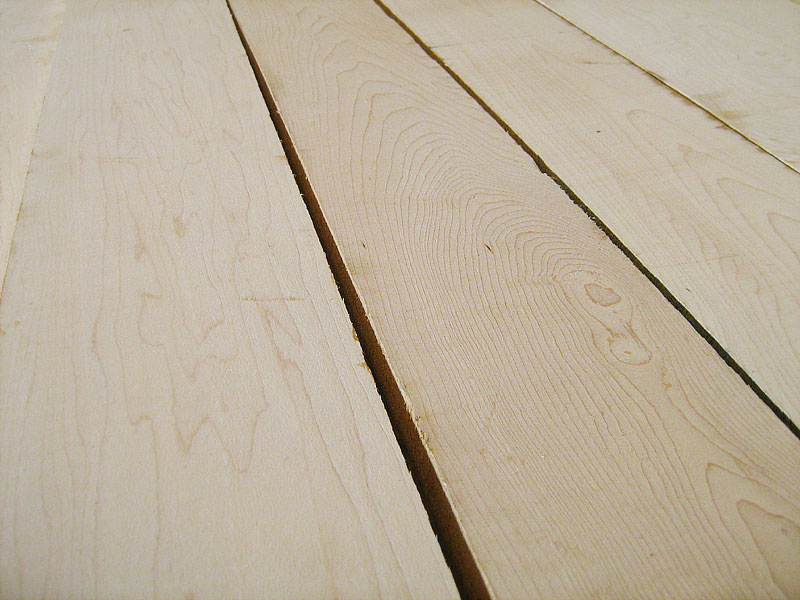
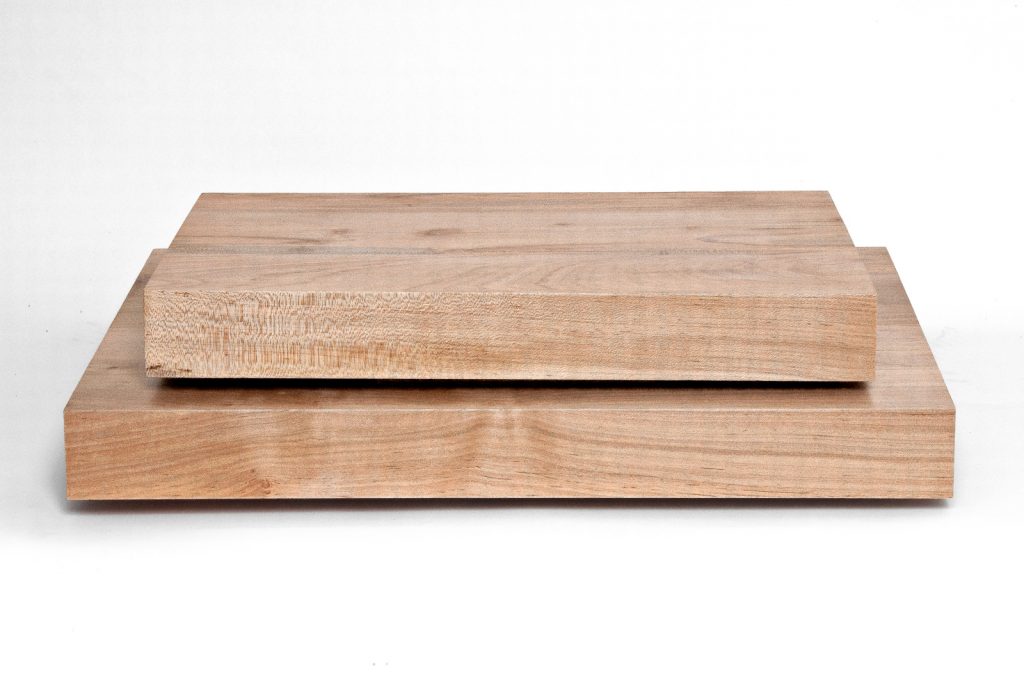
Cherry wood is a highly prized hardwood for a vast range of interior and other applications. Heartwood ranges from rich reds to reddish browns, while the sapwood is creamy white. Sapwood can be steamed to darken the color. The wood has a fine, uniform grain with a smooth texture; it can contain pith flecks and gum pockets that are considered to add to the distinctiveness of the timber.
Cherry wood has good workability, as it is easy to machine, nail and glue. It is also an excellent timber for turning and carving, making it popular in the construction of musical instruments. It is of medium density, has good bending properties, low stiffness, and has medium strength and shock resistance.
Color: The color of seasoned heartwood can vary between species and often within a species. The information provided should be used as a general guide only. In most cases, the color of sapwood is either a lighter shade of the heartwood or a white/cream color.
Uses: Fine furniture and cabinet making, mouldings and millwork, kitchen cabinets, paneling, flooring, doors, boat interiors, musical instruments, turnings and carvings.
Cherry is considered to be very good in Machining, Nailing, Screwing, Gluing, and Finishing
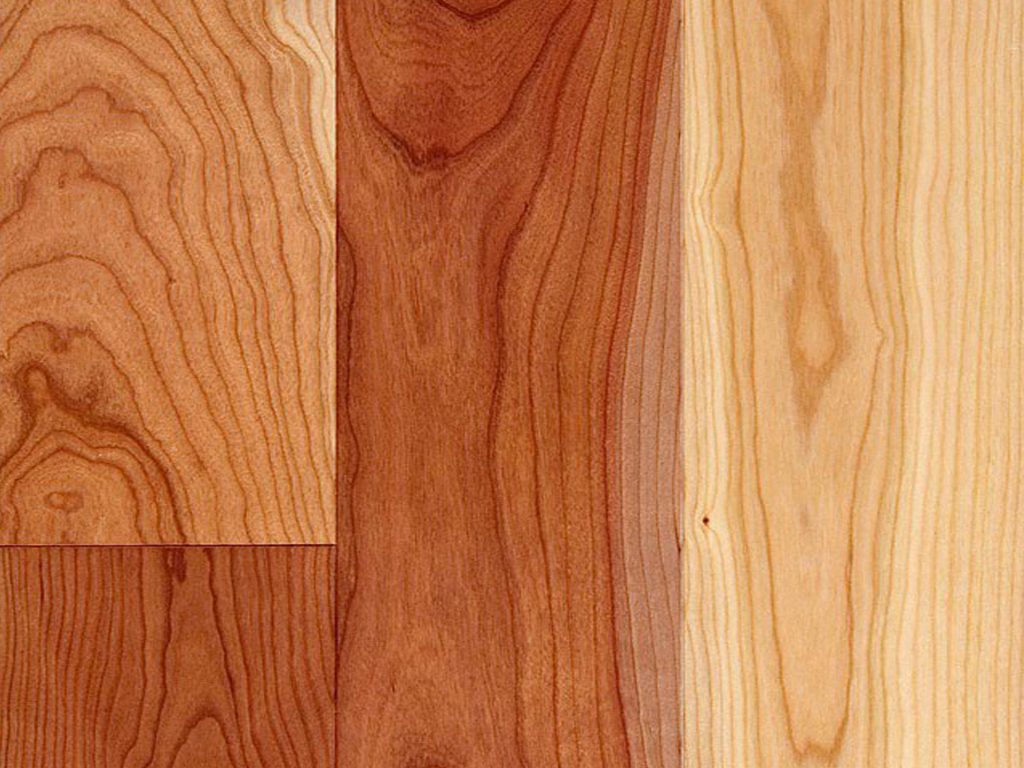

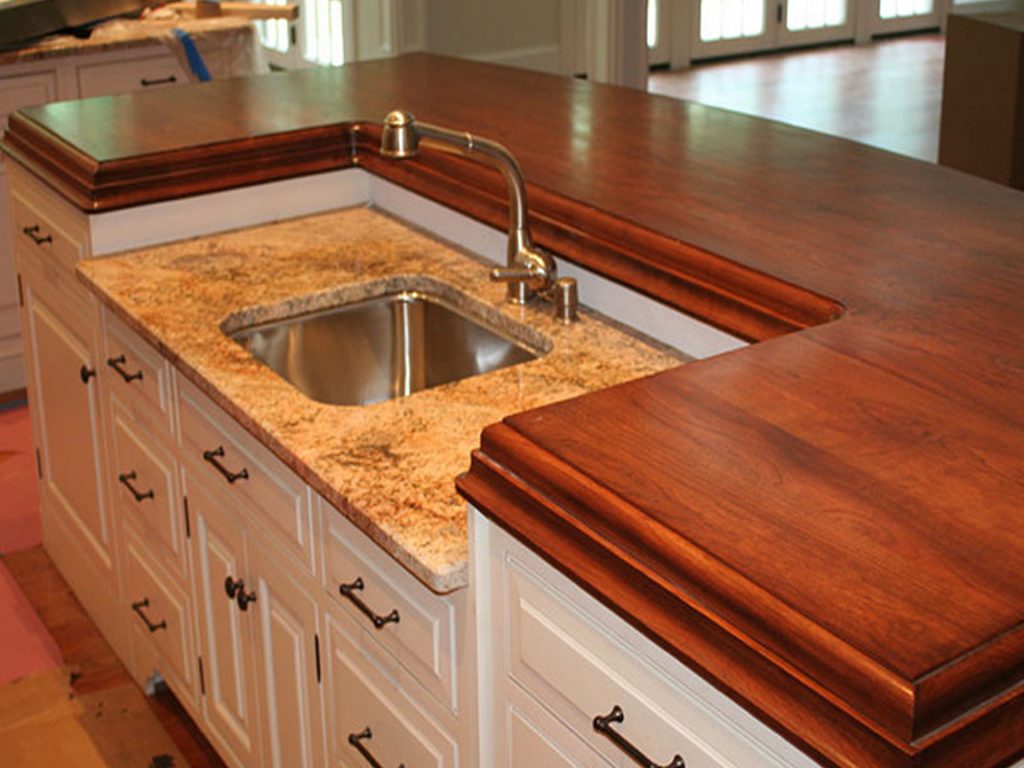
African mahogany is an exotic hardwood species with colors that range from coppery amber to purplish brown and a straight, medium-to-coarse grain.
But the beauty of this hardwood goes deeper than its distinctive surface. African mahogany has a remarkable ability to hold shape as humidity fluctuates, making it a great choice for damp, dry, or seasonal climates.
Uses:Furniture, cabinets, interiors, boat building, veneer, desks, entry doors, stairs, moldings and interior trim.
Color:Light pink to reddish-brown or golden tan-brown.
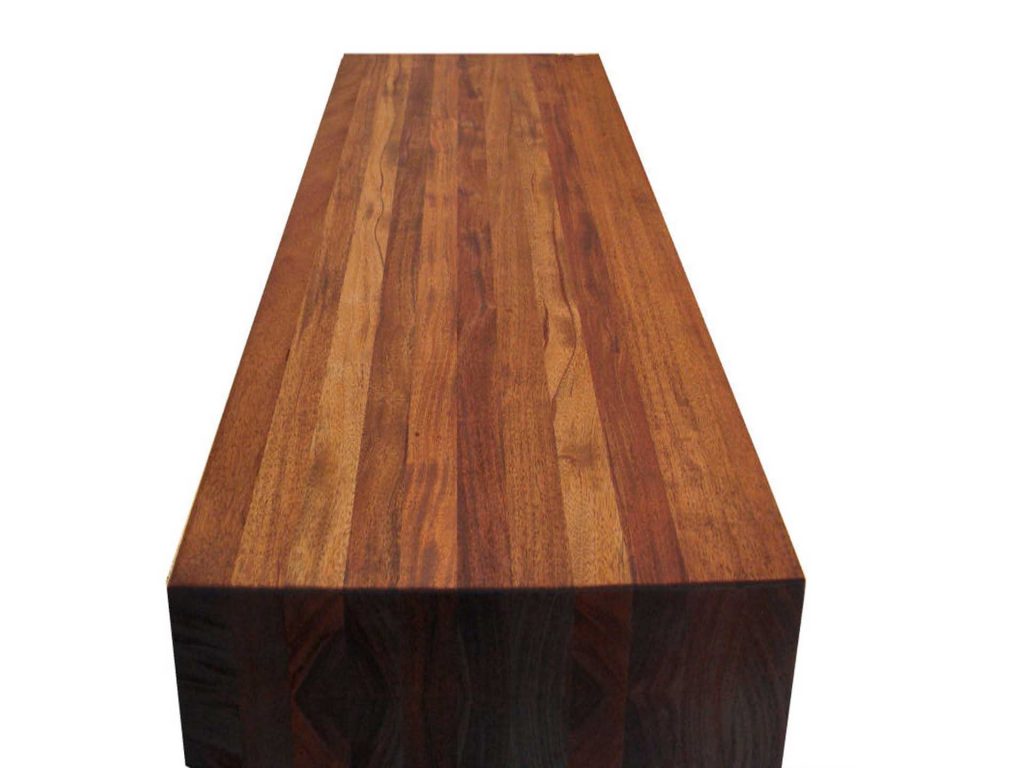
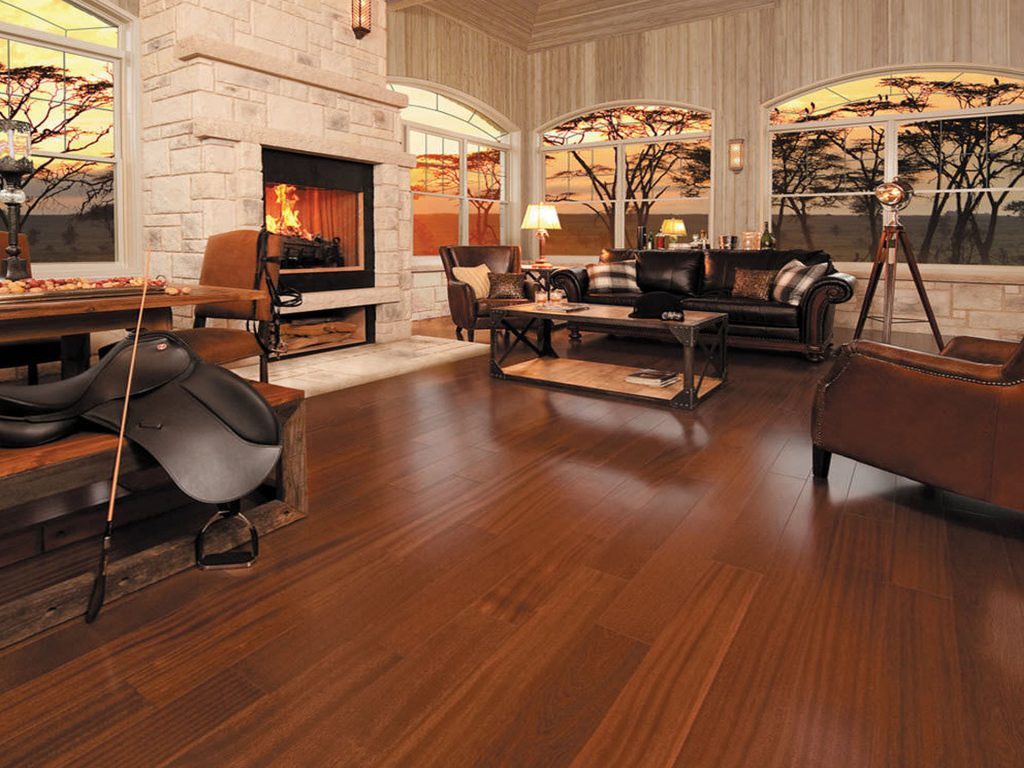
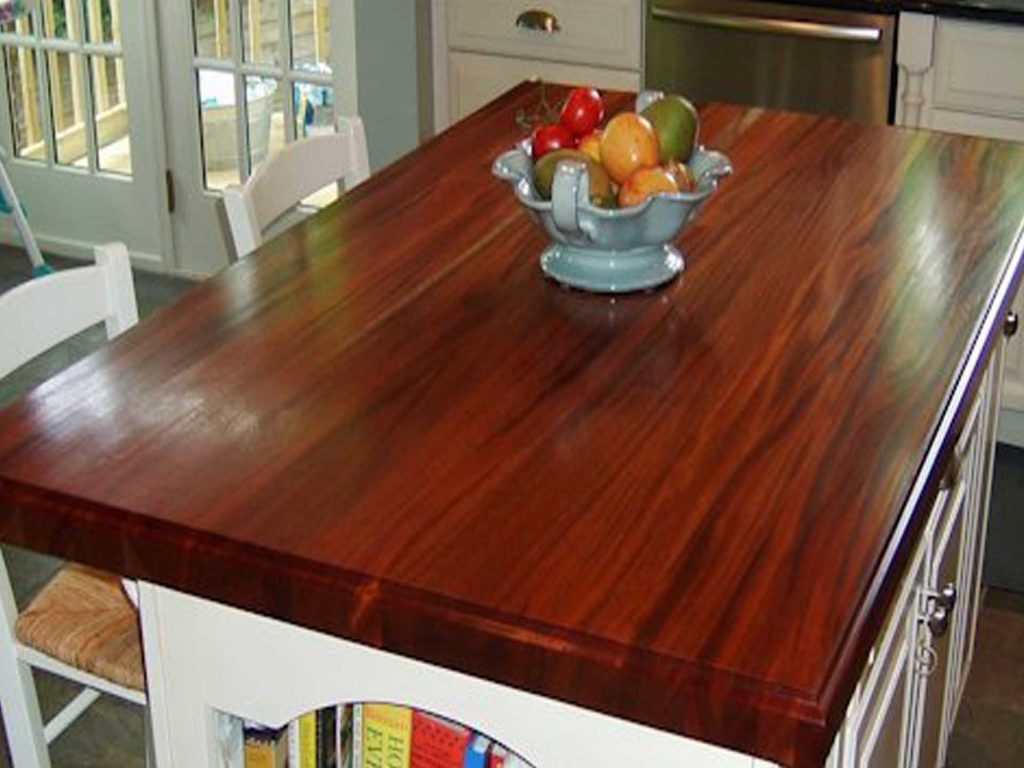
Okoume heartwood is typically a lustrous pinkish-brown to light red with a fine, uniform texture. The grain is straight to slightly wavy and may be slightly interlocking. The sapwood is pale and grayish, clearly demarcated from the heartwood. Fresh cut Okoume heartwood darkens with age and exposure to light and air. Okoume has a low density, with a mean weight of 25 pounds per cubic foot. It is considered very soft, rendering it unsuitable for use in situations requiring durability.
Uses: It is used in light interior construction, carpentry, furniture, sports equipment, cigar boxes and packing cases.
Color: Light pink to reddish-brown or golden tan-brown.
Dimensions:
2′ X 6′
2′ X 8′
2′ X 10′

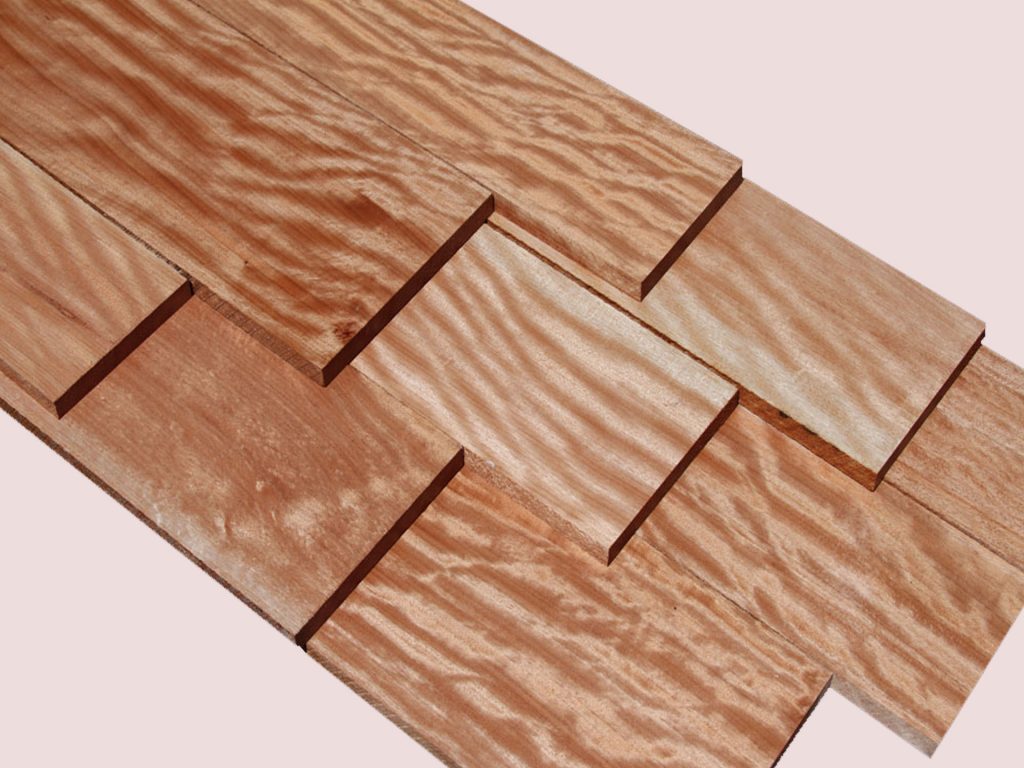

Oak is one of the finest woods used for top quality woodworking projects. This hardwood is strong and beautiful, especially when properly finished. There are many varieties of oak, and it helps in woodworking to know the distinctions and differences between the various types of stock. Red and White Oak are the two type of Oaks available.
White oak is fairly straight-grained and is a favorite material used in many types of fine furniture. It’s usually available quarter sawn. The grain in quarter sawn white oak has a striking ray flake pattern.
The usual purposes for red oak are often quite different than those for white oak. Red oak, available at most home centers, is used as Lumber, Mine timbers, Railroad ties, Veneer, Pulpwood, Boxes, Pallets and crates, Caskets, General millwork, Wooden ware, Handles
Red oak is porous and has open grains. It’s more prone to shrink than white oak. Compared to beech or maple, red oak finishes and stains easily and doesn’t have blotching problems. Because the open pores in red oak absorb stain, the grain patterns become very evident when a dark stain is used as a finish.
Red oak will stain black when water penetrates the surface. If you have red oak flooring, be especially careful not to expose it to standing water. Obviously, red oak doesn’t have the water resistant qualities of white oak.
